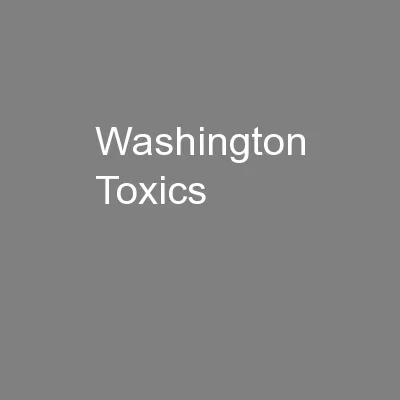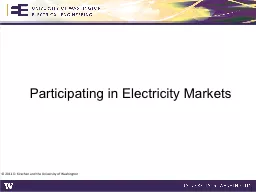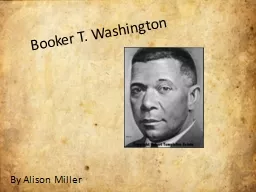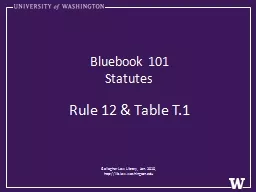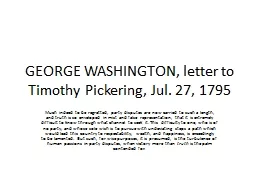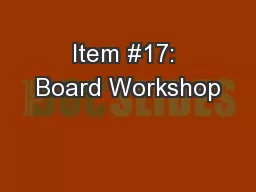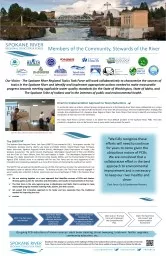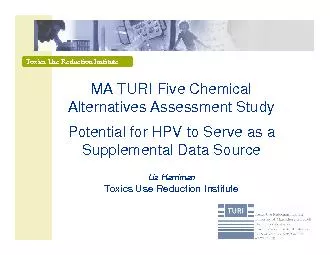PPT-Washington Toxics
Author : liane-varnes | Published Date : 2016-03-11
Reduction Strategy PPRC Roundtable October 24 2012 Holly Davies PhD Washington State Department of Ecology Reducing Toxic Threats Identify amp Gather Data on
Presentation Embed Code
Download Presentation
Download Presentation The PPT/PDF document "Washington Toxics" is the property of its rightful owner. Permission is granted to download and print the materials on this website for personal, non-commercial use only, and to display it on your personal computer provided you do not modify the materials and that you retain all copyright notices contained in the materials. By downloading content from our website, you accept the terms of this agreement.
Washington Toxics: Transcript
Download Rules Of Document
"Washington Toxics"The content belongs to its owner. You may download and print it for personal use, without modification, and keep all copyright notices. By downloading, you agree to these terms.
Related Documents

